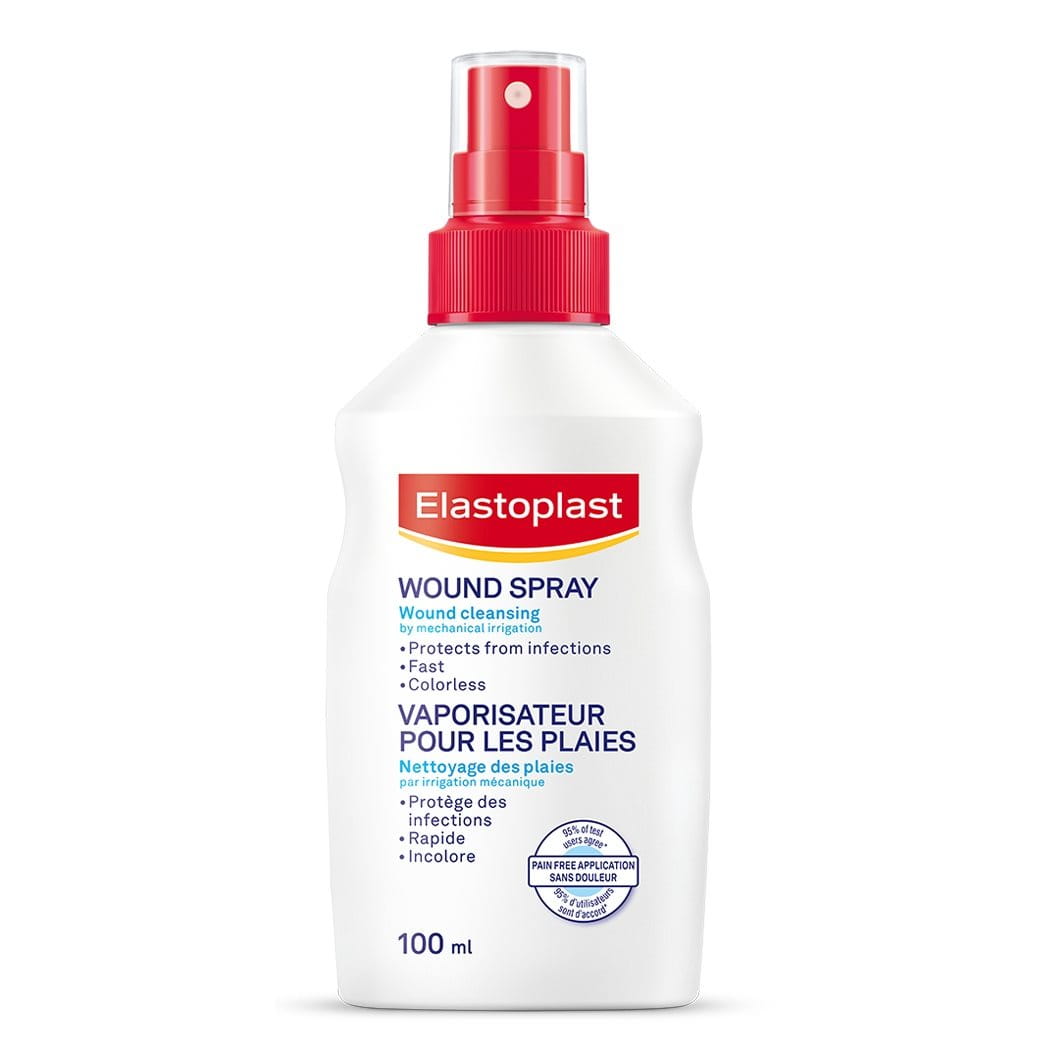Wound Healing

Physiology of wound healing
Wound healing starts with blood clotting to stop the bleeding and to close the wound temporarily. The exudation phase, the process of wound closure, is characterized by inflammation and oedema. The wound exudate, a fluid, contains a variety of essential substances, e.g. enzymes, necessary for an undisrupted healing process.
The regeneration and proliferation of new cells occurs in the granulation phase. The newly formed tissue fills in the wound from underneath and has a bright red appearance. Finally, epithelialization, which is the formation of a new skin layer starting at the wound edges, completes the wound healing process and eventually closes the wound.




